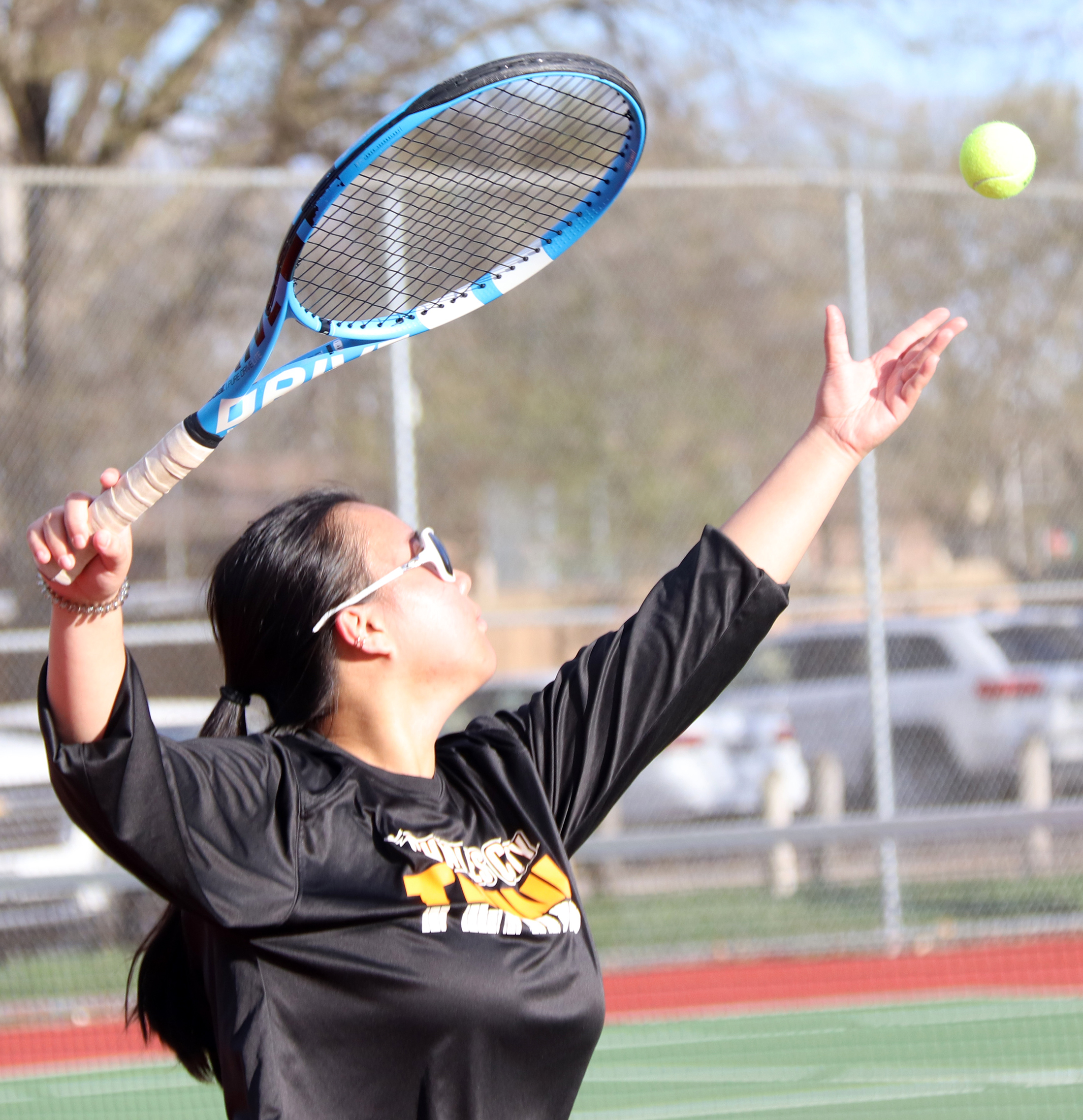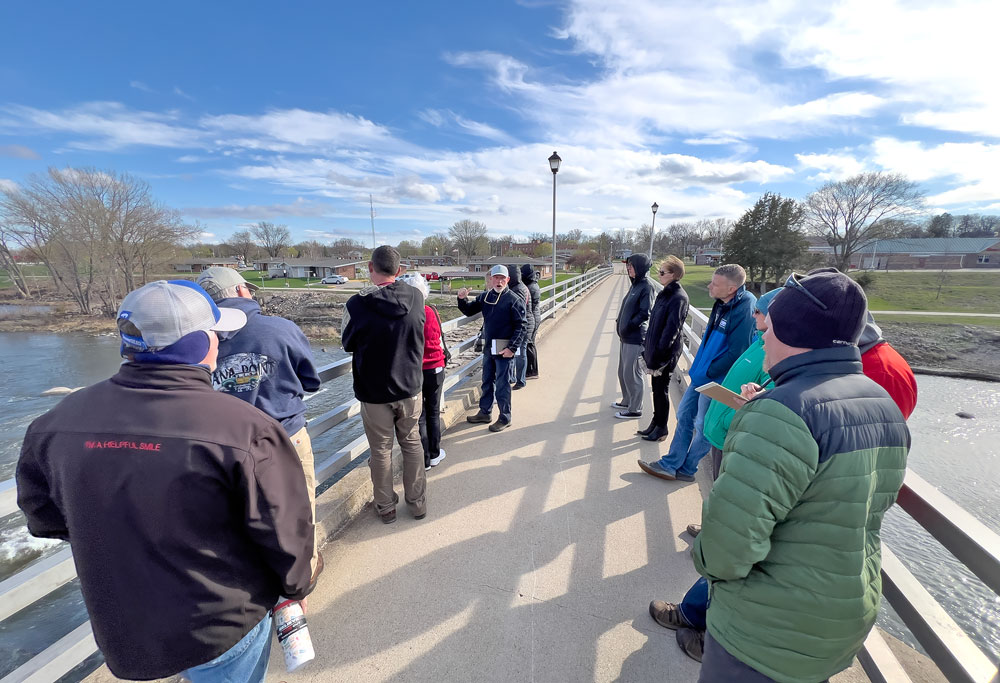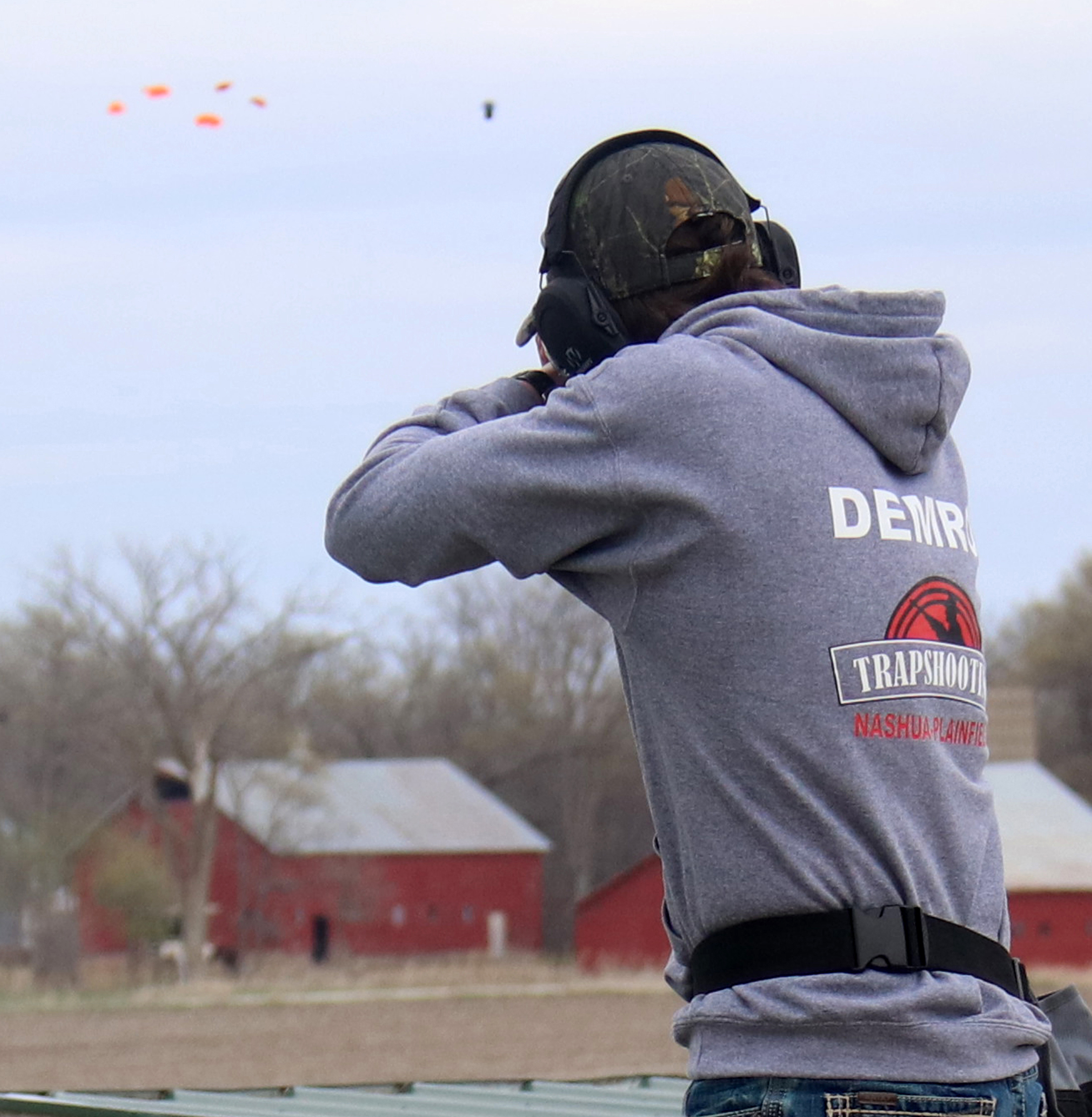Peak fall color in Iowa coming up in next couple of weeks

To The Press
The upcoming weekend could be the start of peak fall color in the area, according to the latest report from the Iowa Department of Natural Resources.
The report this week says that while the seasonal color change is a little behind the “normal” expected time this year, recent cooler nights have kicked the show into gear.
The weekly report divides the state into areas. For northeast Iowa, the report says that overall the tree canopy is still quite green.
“However, I suspect fall color change will be progressing more typically now that we are having cooler, fall-like weather,” said the report from the state forester.
“Virginia creeper and sumac are vibrant right now,” the report says. “Some maples are starting to turn yellow and orange. Walnut, elm, cottonwood, basswood and ash are all turning yellow and dropping their leaves.
“This coming weekend looks to be quite pretty,” it says.
For north central and northwest Iowa, there is still a lot of green in the landscape but more trees are starting to turn color.
Walnuts, ash, elms, cottonwood, basswood, locusts, and some hickories are yellowing and some are losing leaves. Sumac, dogwood, and virginia creeper are showing reds.
Some sugar and black maple are starting to show some orange but it is still minimal.
Peak viewing time for these areas is mid-October.
For the rest of the state, here is the report:
• Central Iowa — Black cherry joined the fall color mix this week, and the white ash and hard maple have just started to change. Elm, walnut, ash, and cottonwood are giving the landscape a nice yellow tint. Too much rain this summer has caused leaf diseases on many oaks which will likely hamper some color. Peak color is still a couple weeks away.
• Southeast Iowa — The overall landscape is still green. Walnut, cottonwood, black cherry, ash, and elms are starting to turn yellow and drop a few leaves. Some sumac, poison ivy, and dogwoods starting to show some reds, and purples. Look for peak color about Oct. 20.
• South central Iowa — Bottomland species such as cottonwood and walnut are starting to yellow and fall. Shrubs like sumac and dogwood have nice reds and purples. Ivy and Virginia creeper vines are bright red. The overall upland landscape is still mostly green as oaks have not started to change. Bottomland areas and edges have nice color. Cool nights will speed up the changes.
• West central and southwest Iowa — Lots of green still hanging on. Looking in the trees you will find vines such as Virginia creeper and poison ivy showing brilliant reds and oranges. Lots of color showing in most dogwoods and sumac. Cottonwood, ash and black walnut showing yellows and silver maple is just starting to change. Some oaks are just starting to show signs of change on the harshest of sites. Some areas had frost last week.
According to the Iowa DNR, weather throughout the fall season has much to do with the development of fall color in trees.
Cool night temperatures destroy chlorophyll quickly, but below freezing temperatures inhibit production of red pigments.
The brightest displays of color occur when we have an early fall of bright sunny days and cool nights. These are excellent conditions for the development of red pigments.
Cloudy days and warm nights will produce less brilliant colors because chlorophyll breaks down slowly and the red pigments are not formed quickly enough. Dry weather causes a greater buildup of sugars in the leaves, enhancing the production of the red pigments.
Windy, rainy weather causes many leaves to fall prematurely, lessening the intensity of the display. A killing frost will destroy the leaf cells and the coloration process will not function effectively.
The changing of leaf color is associated with winter dormancy in all perennial plants.
A chemical called phytochrome triggers plants to go into the dormant period when nights get long enough.
One of the things that happens when dormancy begins is development of a corky layer of cells between the leaf stalk and the woody part of the tree.
This “abscission layer” slows the transport of water and carbohydrates. As this happens, the manufacture of chlorophyll is slowed and the green color in the leaves begins to fade, allowing the other pigments to show through.
Since the transport of water is slowed down, food manufactured by the remaining chlorophyll builds up in the sap of the leaf and other pigments are formed which cause the leaves to turn red or purple in color, depending on the acidity of the sap.
For example, sumac almost always turns red because red pigments are present and its leaf sap is acidic, while many of the oaks and sometimes ashes will get a purplish color because the sap is less acidic.
Trees like birch and aspen don’t have much orange pigment, so they appear mostly yellow in the fall. Others don’t have much yellow pigment, and turn mostly orange or red.
Some trees have a balance of pigments and look pinkish.
The brown color of many oaks and hickories can be attributed to a buildup of tannin which is a waste product in the leaves.
There are endless variations of pigmentation in trees which changes as the fall season progresses, the Iowa DNR says.







Social Share